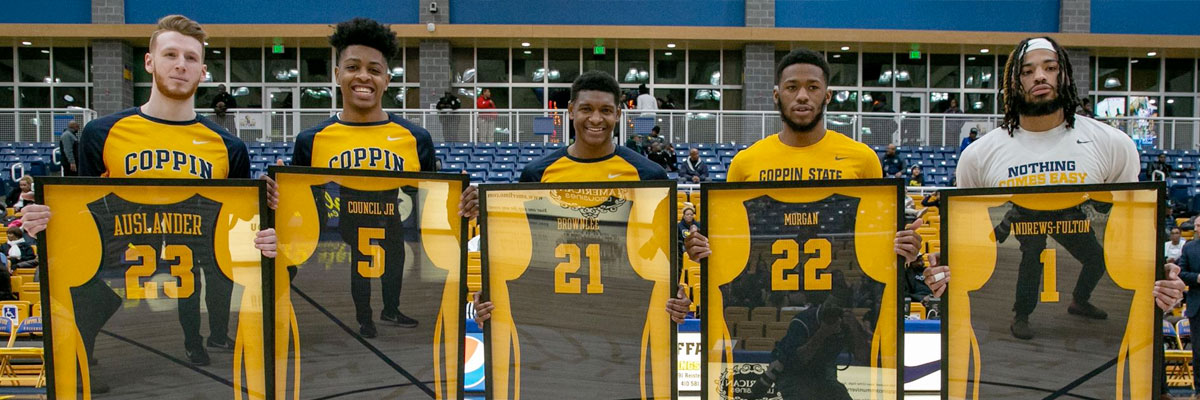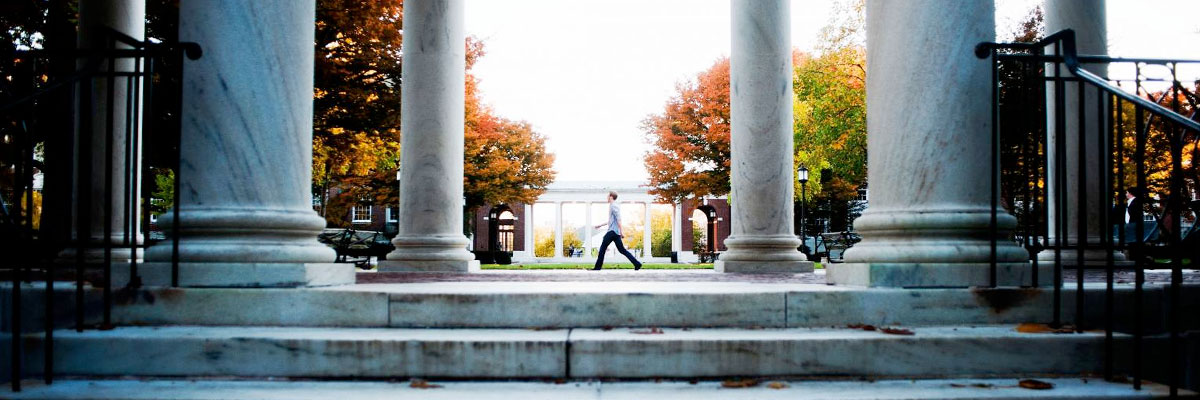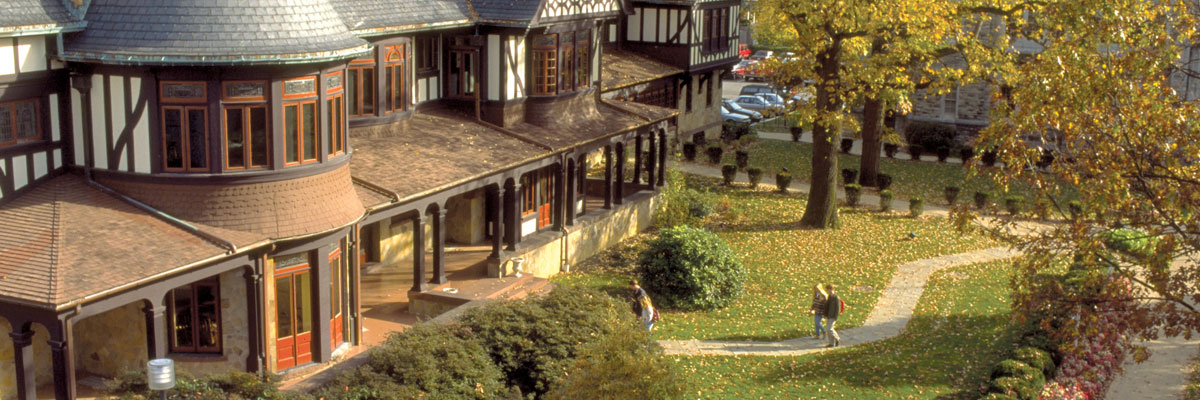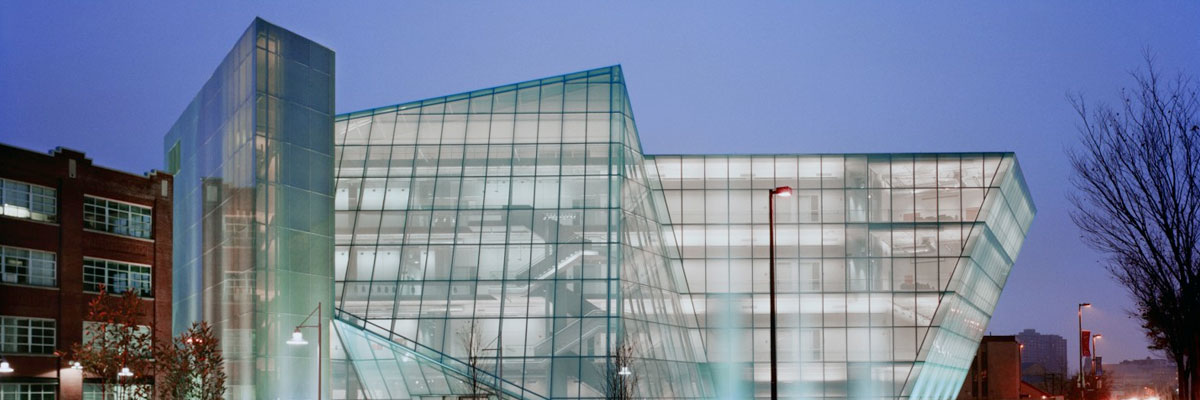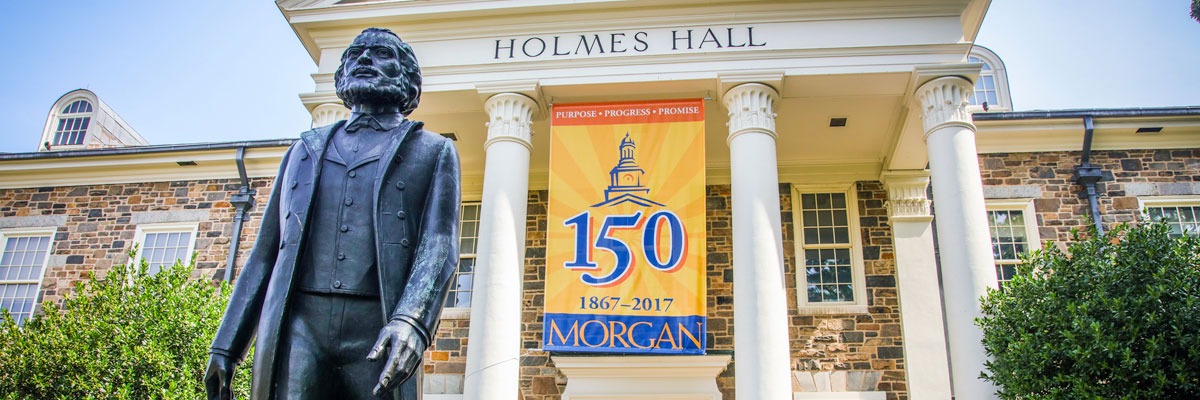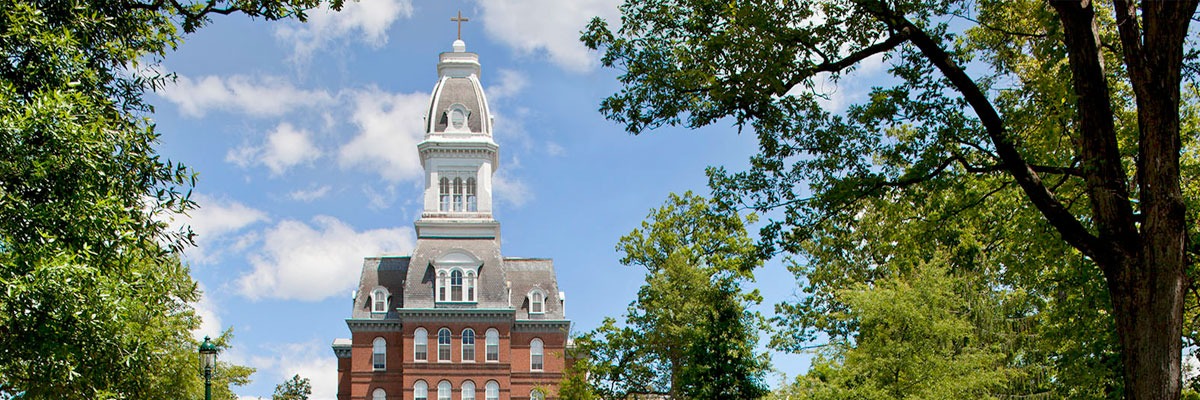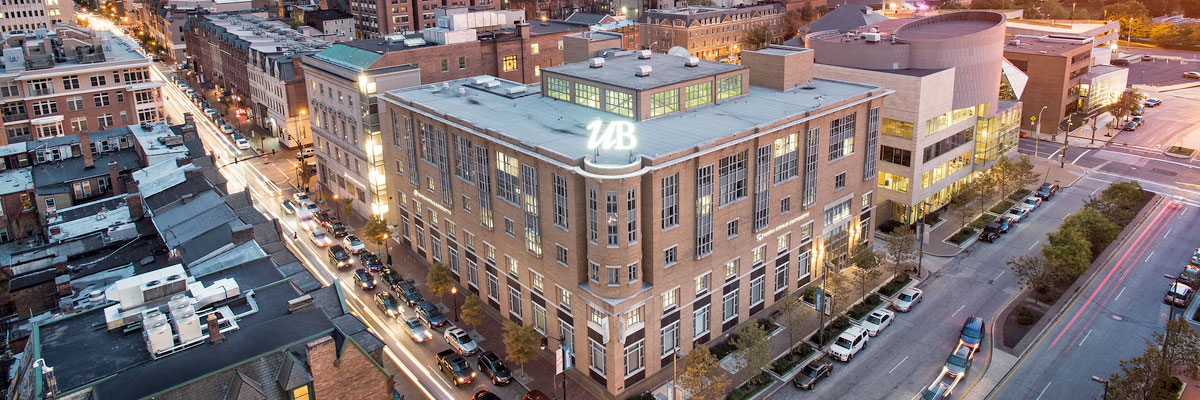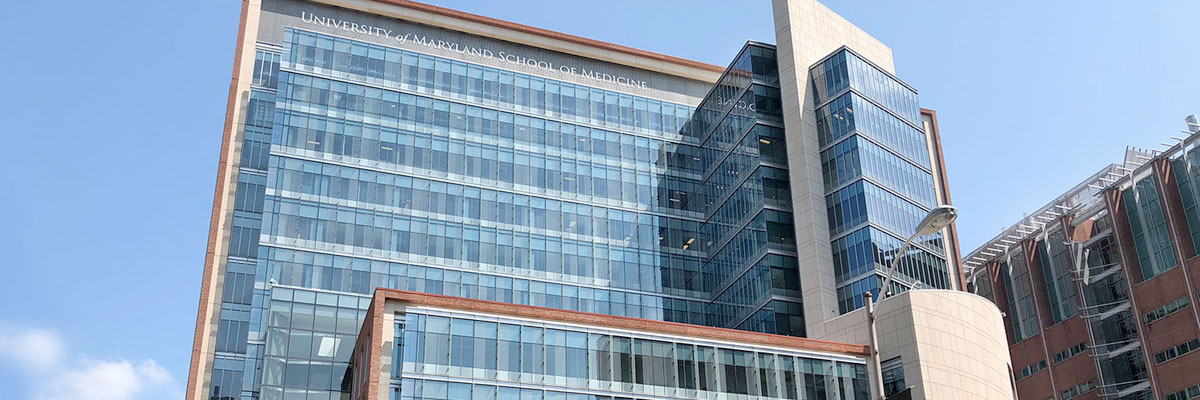Photo by Phylicia Ghee for Live Baltimore
Colleges & Universities
Baltimore City is a college town.
With nine city-based higher education institutions, nearly every Baltimore neighborhood is a home to college students, faculty, and staff. Whether you’re an undergrad, graduate student, PhD candidate, medical resident, aspiring J.D., or employee of a Baltimore university, there’s a community right for you.
Baltimore City Community College
Baltimore City Community College (BCCC) is located in the Burleith-Leighton neighborhood of West Baltimore. Situated near one of the city’s largest transit hubs, Mondawmin Station, students, faculty, and staff can quickly access campus from anywhere on the Metro or MTA bus line.
- Total Enrollment: 4,188 (2017-2018)
Coppin State University
Copping State University is conveniently located in West Baltimore’s Mondawmin neighborhood. With Mondawmin Station just around the corner, students, faculty, and staff can quickly commute to campus via Metro or MTA bus. By car, Coppin State University is easily accessed via the city’s main east-west route, North Avenue. Rowhomes and multi-unit apartment buildings are within walking or biking distance from campus, in neighborhoods such as Panway/Braddish Avenue, Walbrook, and Coppin Heights/Ash-Co-East.
- Total Enrollment: 2,738 (2018)
Johns Hopkins University
Johns Hopkins University is one of three city-based colleges with its very own neighborhood. Situated centrally between east and west and within the northern half of the city, Johns Hopkins Homewood is surrounded by diverse residential areas. From the historic estates of Guilford and the colorful rowhomes of Abell to the modest apartments of Charles Village, there is no shortage of housing for Hopkins students, faculty, and staff. As an employer, Johns Hopkins University encourages city homeownership through its participation in Baltimore’s Live Near Your Work Program.
- Total Enrollment: 23,934 (2017-2018, excludes SAIS)
Loyola University Maryland
Loyola University Maryland is located on Baltimore City’s main north-south corridor, Charles Street, just south of Notre Dame University of Maryland. The two colleges are so close, in fact, they share their own neighborhood: Loyola/Notre Dame. Nestled among Baltimore’s most storied residential communities (Guilford, Roland Park, and Homeland), students, faculty, and staff are surrounded by architecturally significant, detached homes. With quick vehicle access in any direction, via Charles Street, Cold Spring Lane, and Northern Parkway, no area of Baltimore is inconvenient to campus.
- Total Enrollment: 5,645 (2018-2019)
- Full-Time Faculty: 359 (2018-2019)
Maryland Institute College of Art
Maryland Institute College of Art (MICA) is located in the city’s center, on the edge of the historic Bolton Hill community. Being among Baltimore’s most walkable areas, students faculty and staff can commute by foot to homes in historic and new apartments, condos, brownstones, and converted industrial spaces. With quick access to Light Rail (on Mount Royal Avenue), main north-south (Charles Street) and east-west (North Avenue) corridors, and Interstate 83, the full spectrum of Baltimore’s neighborhoods become convenient.
- Total Enrollment: Nearly 3,500 (2019)
Morgan State University
Morgan State University is one of three city-based colleges with its very own neighborhood. Situated adjacent to Herring Run Park in Northeast Baltimore, Morgan offers a suburban feel in an urban setting. Morgan students, faculty, and staff can choose from historic detached homes, duplexes, rowhomes, and garden-style apartments within a quick walk or bike ride from campus. Through its Morgan Community Mile initiative, the university supports homeownership programs and other community development projects in surrounding neighborhoods.
- Total Enrollment: 7,712 (2018)
Notre Dame of Maryland University
Notre Dame of Maryland University is located on Baltimore City’s main north-south corridor, Charles Street, just north of Loyola Maryland University. The two colleges are so close, in fact, they share their own neighborhood: Loyola/Notre Dame. Nestled among Baltimore’s most storied residential communities (Guilford, Roland Park, and Homeland), students, faculty, and staff are surrounded by architecturally significant, detached homes. With quick vehicle access in any direction, via Charles Street, Cold Spring Lane, and Northern Parkway, no area of Baltimore is inconvenient to campus.
- Total Enrollment: 2,277 (Fall 2019)
University of Baltimore
University of Baltimore is located in the city’s center, on the edge of the Mid-Town Belvedere neighborhood. With a highly walkable campus, students faculty and staff can commute by foot to homes in historic and new apartments, condos, row houses, and re-imagined commercial spaces. With quick access to Light Rail (on Mount Royal Avenue), main north-south (Charles Street) and east-west (North Avenue) corridors, and Interstate 83, nearly all of Baltimore’s communities are within easy reach.
- Total Enrollment: 2,569 (2018)
University of Maryland, Baltimore
University of Maryland, Baltimore (UMB) is one of three city-based colleges with its very own neighborhood. Situated just west of Downtown and just north of the Inner Harbor, UMB is convenient to almost every corner of the city via public transit. Within walking distance of campus, UMB students, faculty, and staff will find rowhomes, condos, converted lofts, and newly constructed apartments. UMB is deeply committed to community development. The university invests in its surrounding neighborhoods through its participation in Baltimore’s Live Near Your Work Program and many other initiatives.
- Total Enrollment: 6,777 (2018)
HINT: Baltimore Collegetown offers detailed information about colleges and universities in and around Baltimore City. City-based students can also participate in Baltimore Collegetown’s Civic Leadership programs and even catch the Baltimore Collegetown Shuttle to popular local destinations.
Have more questions about colleges and universities in Baltimore?
We’re here to help. Send us an email or call 410-637-3750 for one-on-one assistance.
Discover More in Baltimore

- Save your recommendations for later.
- Get access to our Financial Incentives Tool.
- Connect with a Live Baltimore staff member for a one-on-one consultation.
- Get a free I ♥ City Life bumper sticker.

